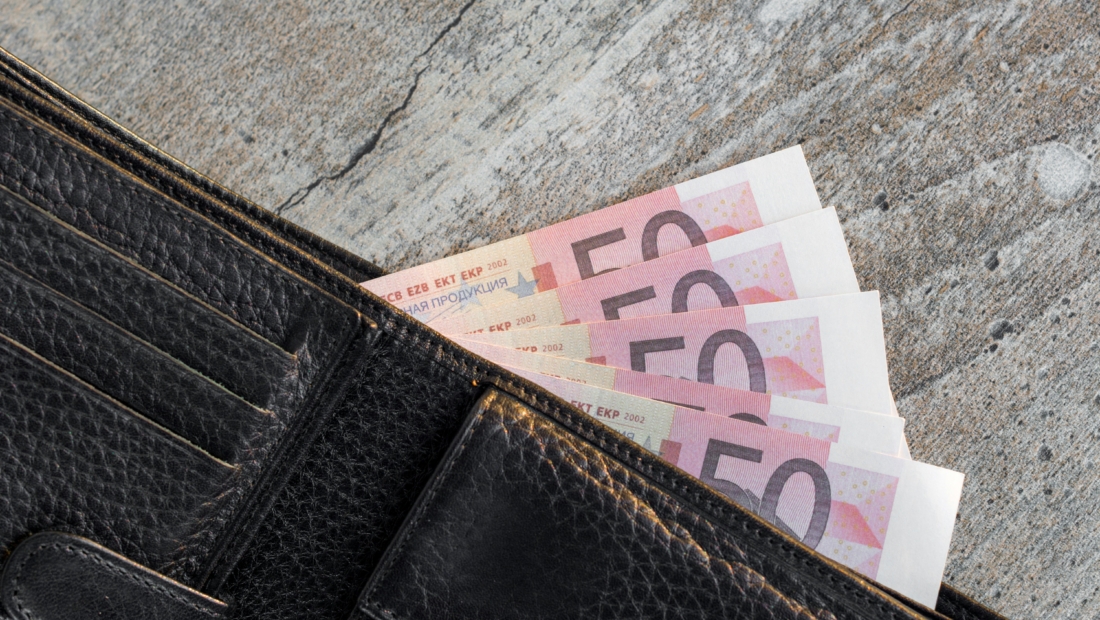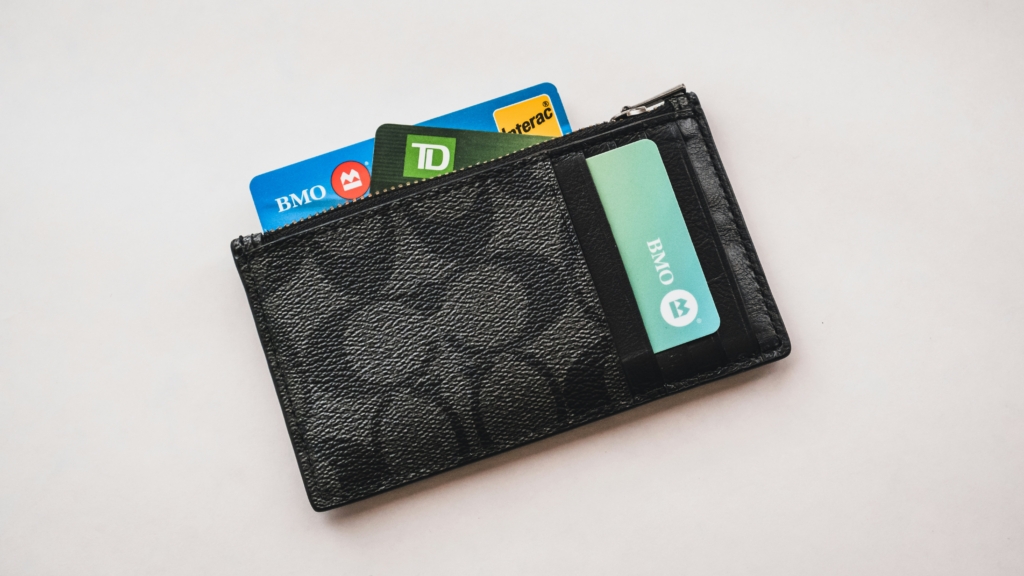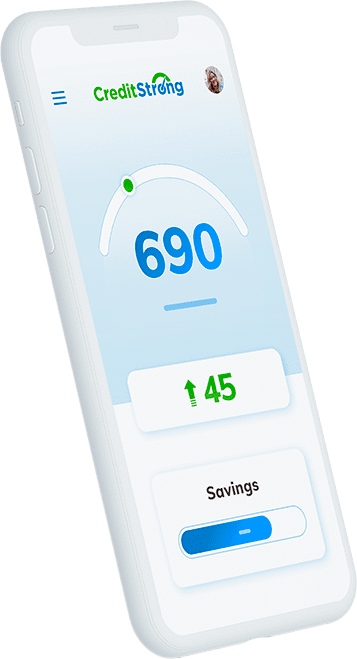A Step-By-Step Guide on How to Dispute Credit Report Errors

Build strong credit
while you save

You’ve taken the time to review your credit report, but some of the information isn’t correct. You may even see an account reporting to your credit that is expired or doesn’t belong to you at all. The best thing you can do in this scenario is disputing the error.
A credit report mistake could be the cause behind a low credit score. This affects your ability to qualify for the credit you need and how much you pay for it.
Luckily, the dispute process has gotten easier with the help of technology. We’ll go over the steps you need to take to dispute credit report errors on your own.
Step 1: Identify Any Errors On Your Credit Report
The first thing you need to do when you find an error on your credit report from one credit bureau is to check the other two. You can find your full credit report for free every 12 months on www.annualcreditreport.com or you can visit Experian, TransUnion, and Equifax.
Sometimes, the inaccuracy shown on one credit reporting agency might not translate to the other two credit bureaus. Other times, it might show on all three. To get everything handled in one go, get your free credit report from all three credit bureaus and review each one in detail.
Here are the most common credit report errors to look for when combing through your credit history:
- Personal information errors. Check to make sure all your information is correct. Names, addresses, social security numbers, and date of birth. If this information is wrong, it could just be a clerical mistake. In some cases, it’s a sign of identity theft.
- Accounts you didn’t apply for. It’s rare someone with the same name as you has an account reporting to the wrong place, but it does happen. This is typically a red flag that your identity is compromised.
- The wrong account status. Creditors don’t always update accounts in a timely manner. If you recently closed your credit card account or made a loan payment that isn’t reporting to your credit file, you could see mistakes regarding the status of your accounts.
- Expired accounts. Even if you’ve had an account go to collections, The Fair Credit Reporting Act requires it to be dropped from your report after seven years. If the account is still affecting your credit score after that point, you should dispute it.
- Payments applied to the wrong accounts. Somewhere along the line, the numbers got mixed up and now the wrong payment amounts, balances, or late payments are showing on the wrong accounts. This can mess up your utilization rates and payment history.
- Duplicate credit accounts. You only applied for a loan once and it’s showing twice. This makes it look like you have more open credit accounts than you truly have.
As part of your dispute, you’ll want to make note of the specific error you’re seeing. This can be done by highlighting the error directly on a copy of your credit report and sending it along with the correct information highlighted on supporting documentation.
Supporting documents can be bank records, credit card statements, receipts, or other documents that prove there’s a mistake.
Step 2: Contact The Furnisher
The Consumer Financial Protection Bureau (CFPB) suggests contacting the company that reported the information (aka the furnisher) as well as the major credit bureaus.
You can send them a dispute letter before reaching out to the credit reporting agencies. The furnisher’s mailing address is located directly on your credit report. The CFPB has a template you can use to start the dispute process with the furnisher here.
This is important since the furnisher is able to update the credit bureaus if they conclude that your dispute has merit. It allows you to skip the dispute process with the credit bureaus by going straight to the source. This method is most effective with disputes that aren’t identity-related.
To dispute credit report errors that stem from identity theft, you’ll still have to go through the credit reporting bureaus.

Step 3: Send a Letter to The Credit Bureau If Step 2 Doesn’t Resolve It. (Skip Step 2 if The Error is Identity-Related)
If you reached out to the furnisher and got no response (or just not the response you were looking for) then it’s time to dispute the inaccurate information with the credit bureaus.
You have a few ways you can start the dispute process:
- Send a letter to the credit bureau with the credit reporting error.
- Place a dispute online with the credit agency.
- Call in to report the inaccurate information and start your dispute.
No matter which option you choose, you can use the information in the table below to get started. When you fill out the dispute forms, be prepared to provide proof of your identity in the form of your personal information, a copy of your driver’s license, pay stub, or utility bill.
Credit Bureau Dispute Information
| Credit Bureau | Dispute’s Mailing Address | Online Dispute | Phone Number for Dispute |
| Experian | Experian’s Dispute Request Form ExperianP.O. Box 4500Allen, TX 75013 | Experian’s Online Dispute | (888) 397-3742 |
| Equifax | Equifax’s Dispute Request Form Equifax Information Services LLCP.O. Box 740256Atlanta, GA 30348 | Equifax’s Online Dispute | (866) 349-5191 |
| TransUnion | TransUnion’s Dispute Form TransUnion LLCConsumer Dispute CenterP.O. Box 2000Chester, PA 19016 | TransUnion’s Online Dispute | (800) 916-8800 |
If you’re planning to start your dispute by mail, be sure to include your dispute form, dispute letter, and a copy of your consumer report with supporting documents. Not sure what should go in your dispute letter? The CFPB has a letter template you can use to start your dispute.
You don’t want to send all this information by regular mail though. Send your credit report dispute documents via certified mail and request a return receipt. This allows you to track it and confirm when it has been received by the credit reporting company.
Step 4: Wait For Up To 45 Days
Twiddle your thumbs. Watch paint dry. Take up a hobby. All that’s left to do is wait. It’s out of your hands and it’s up to the creditor and the credit bureau to figure things out.
After the credit bureau receives your dispute and the documents that prove they have reported incorrect information, the credit bureau has 30 days to investigate your claims and confirm it with the creditor.
If you reached out to the creditor in step two, they also have 30 days to investigate.
Furnishers also have the option to say they reported accurate information. If so, you won’t see any updates to your credit information. The only time credit bureaus won’t allow 30 days to investigate is when they determine that your claims are “frivolous”.
If so, they’ll communicate that to you within five days. A reason is provided as well. If you started your dispute online, you have the added benefit of being able to track your dispute status with the credit bureau. You can even set up alerts to receive status updates.
In some cases, it can take up to 45 days to get a response. If you submit additional documents during your 30-day investigation, it could take more time to review materials. It might also take longer if you did a dispute after getting your free credit report from www.annualcreditreport.com.
If you’re looking for other ways to improve your credit score during the waiting period, you might benefit from a credit builder loan from Credit Strong. The average credit-builder account holder raises their credit score by 70 points within the first year of on-time payments!
You could be the next success story. Give yourself a backup plan in case the dispute falls flat by opening a credit-builder account today. You don’t even have to use a hard inquiry to do so.
Step 5: Review The Results
Waiting for your results can be nail-biting, but you’ll get a response back by mail or online depending on how you placed the dispute. Your outcome could be one of the following statuses:
- Updated: This means the record was verified and updated by the lender. Some information may have stayed the same while incorrect information changed.
- Deleted: The credit account was removed from your credit report and will no longer impact your credit score.
- Added: The lender or credit information provider added missing information or an account to your file.
- Processed: The item you disputed was removed or updated with accurate information.
- Remains: Nothing changed from your dispute.
What if it’s not what you were hoping for? You can always dispute the item again. Just be sure to provide any additional information that could strongly prove your case. You could also hire legal representation to help if the item on your credit is creating a significant impact on your life.
Step 6: Check If It Reflects On The Credit Report
After you get your results back, it might take a few weeks, but you should see any changes reflected in your new credit score. Lenders sometimes take up to 45 days to supply the credit bureaus with updated information.
You may just need some patience here but rest assured, fixing your credit takes time. Not that much time though. Let’s say you check your credit score again after 45 days or three months later and it’s still not updated.
Contact the furnisher or the credit bureau again to inquire why the new information hasn’t been properly reported yet. This time it should only take a simple phone call or online request.
Overall, having errors on your credit can prevent banks, credit unions, and other lenders from approving you for credit cards, student loans, mortgages, and more.
It’s important to take time to review your credit report regularly for inaccuracies. This allows you to dispute errors quickly and prevent them from impacting your credit for long periods. This is especially important for cases of identity theft. The faster you catch it, the less damage occurs.
Disputing credit reporting errors is a complex process, but it’s worth it to preserve your credit history.
CreditStrong helps improve your credit and can positively impact the factors that determine 90% of your FICO score.
